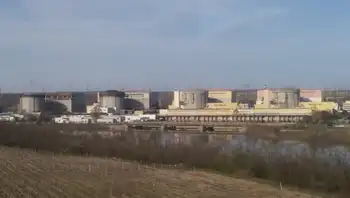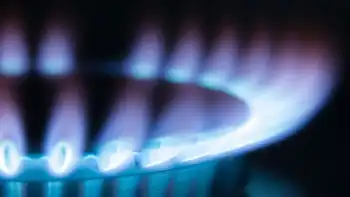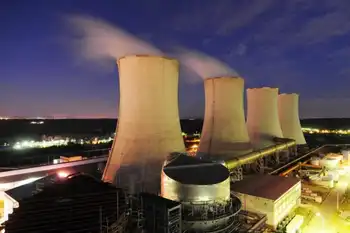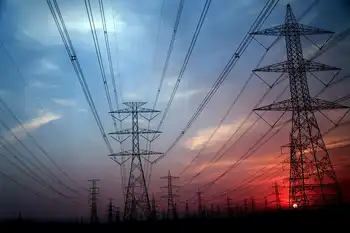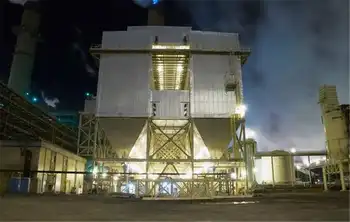Hydro plans to keep up with demand
By The Daily News
High Voltage Maintenance Training Online
Our customized live online or in‑person group training can be delivered to your staff at your location.

- Live Online
- 12 hours Instructor-led
- Group Training Available
“We’ll continue to see total energy usage rise,” said Bob Gammer, BC Hydro. “But if you were to imagine a chart with a trend line indicator of demand increasing over time we’re just trying to ease that trend line a bit.”
A primary focus for the future is tripling energy savings through conservation — using the energy the province already has, just more efficiently — and building on B.C. Hydro’s PowerSmart program, which has helped save more than a billion dollars since 1989. But, the company will also turn to the private sector to come up with cost-effective and environmentally friendly methods to meet the increasing need. Since the 2002 energy plan, hydro has been buying more energy from these so-called independent power producers (IPPs).
“This is going to continue, but with higher targets for clean and renewable energy,” said Gammer. “There are more development opportunities out there and certainly there’s been interest expressed at developing around the province.”
In the most recent round of energy purchase contracts announced last summer, projects in Anyox and on Mount Hays were approved. BC Hydro is going to have three additional calls for IPPs this year including one already announced for bioenergy power from Mountain Pine Beetle infested wood, sawmill waste wood and other debris that closes on April 17. A second call for power projects will happen later this year and include all types of potential power with the exception of nuclear and coal (unless somebody comes up with a way to sequester all carbon emissions.) A final call for power later this year will be called B.C. Hydro’s ‘standing offer’ and may appeal to communities such as Prince Rupert.
“It’s going to be for small projects, 10 megawatts and under, and we’ll have a set price that BC Hydro will offer,” he said. “If you can operate it below that price, it will make sense to go for it.”
There will also be more support for those projects from B.C. Hydro.
Locally, there has been some discussions about the possibility of a hydro generation project. The idea is to simply put a turbine on the cityÂ’s gravity-fed water line from the Shawatlans area and then sell the electricity it generates either to an industrial user or to B.C. Hydro.
“Quite often, a municipality or a First Nations don’t have the technical capacity or the personnel to pull together a project that they could actually develop,” said Gammer. “We’re going to provide a little more assistance to help those along.”
In 2005, the city applied to the province for a land use permit for the turbine and the project could bring in more than $250,000 annually through electricity sales.





